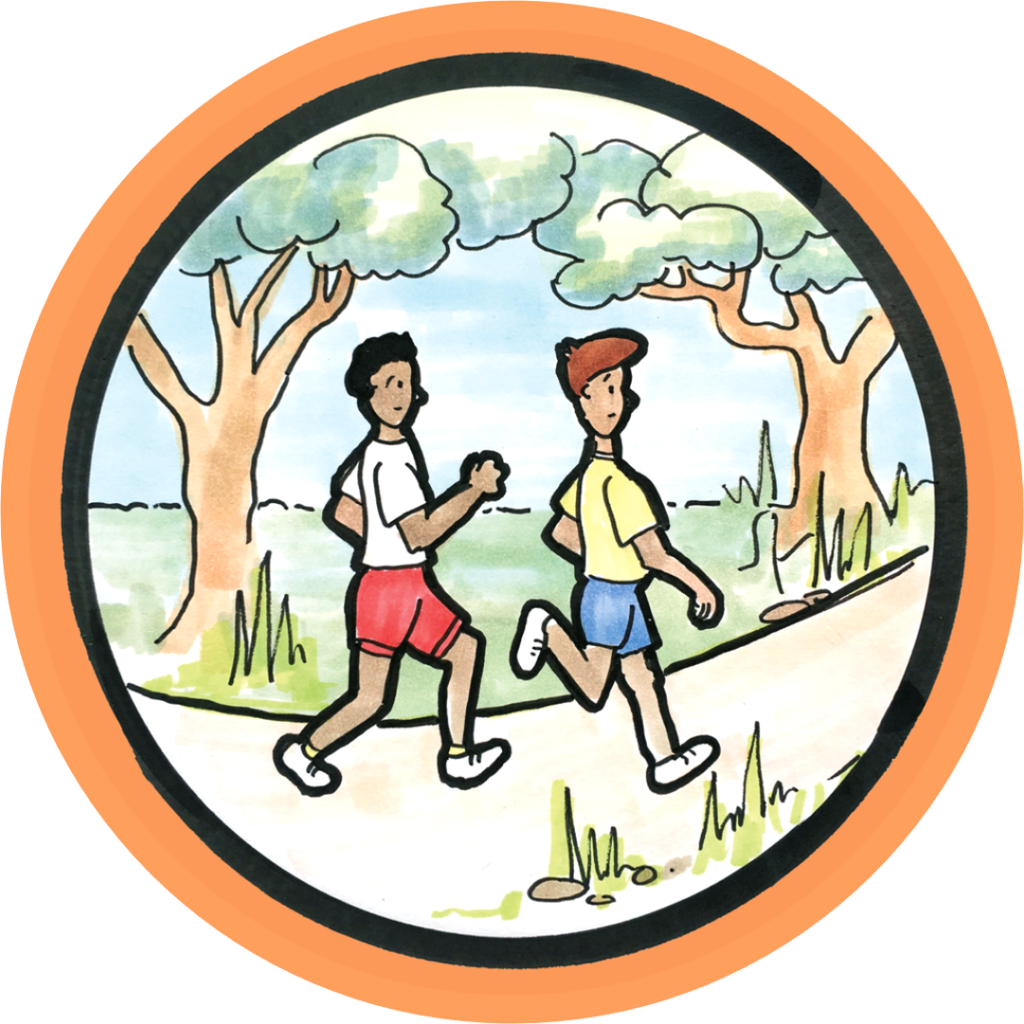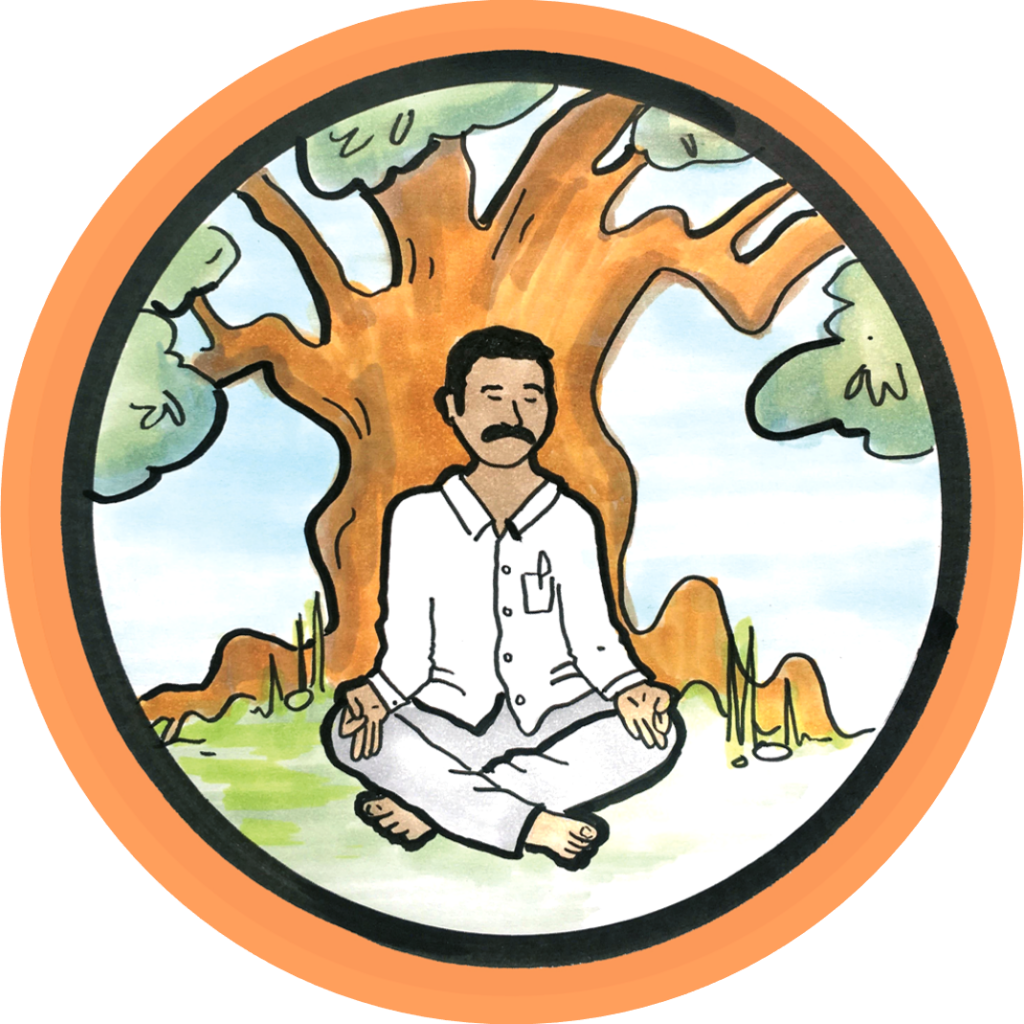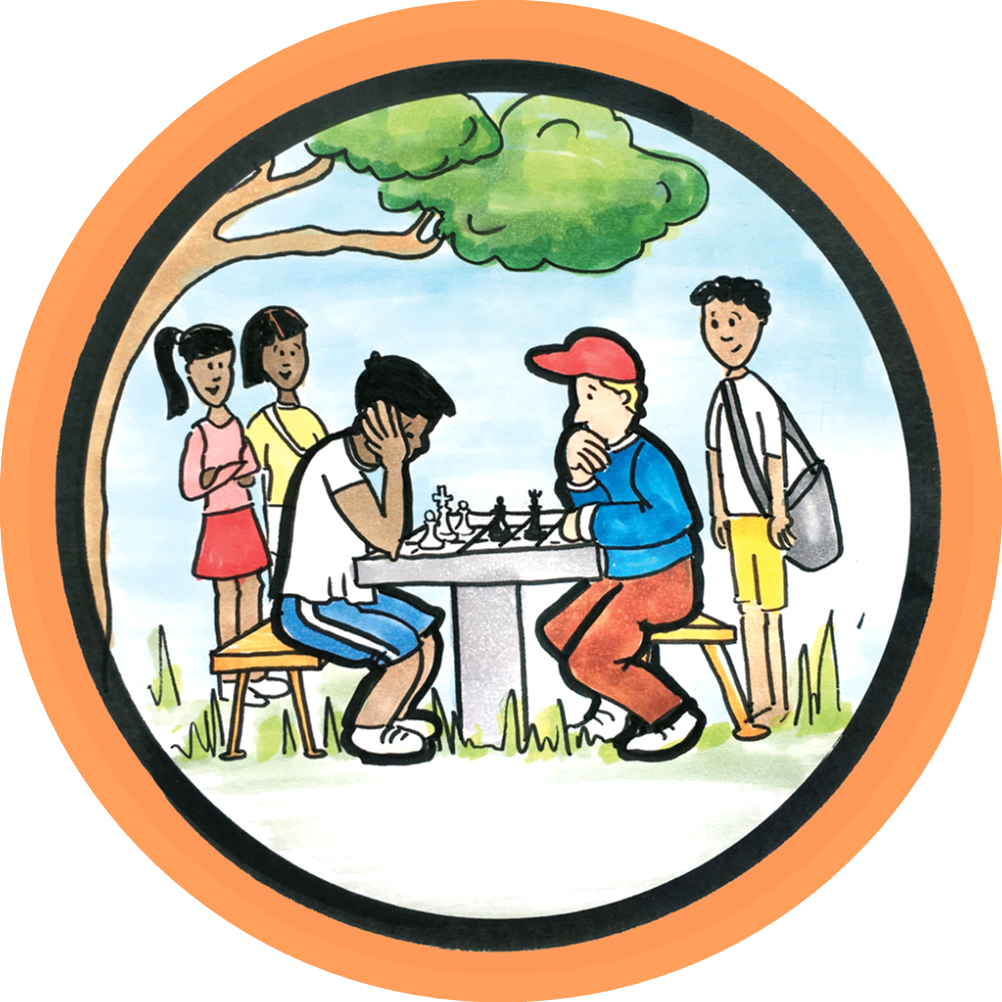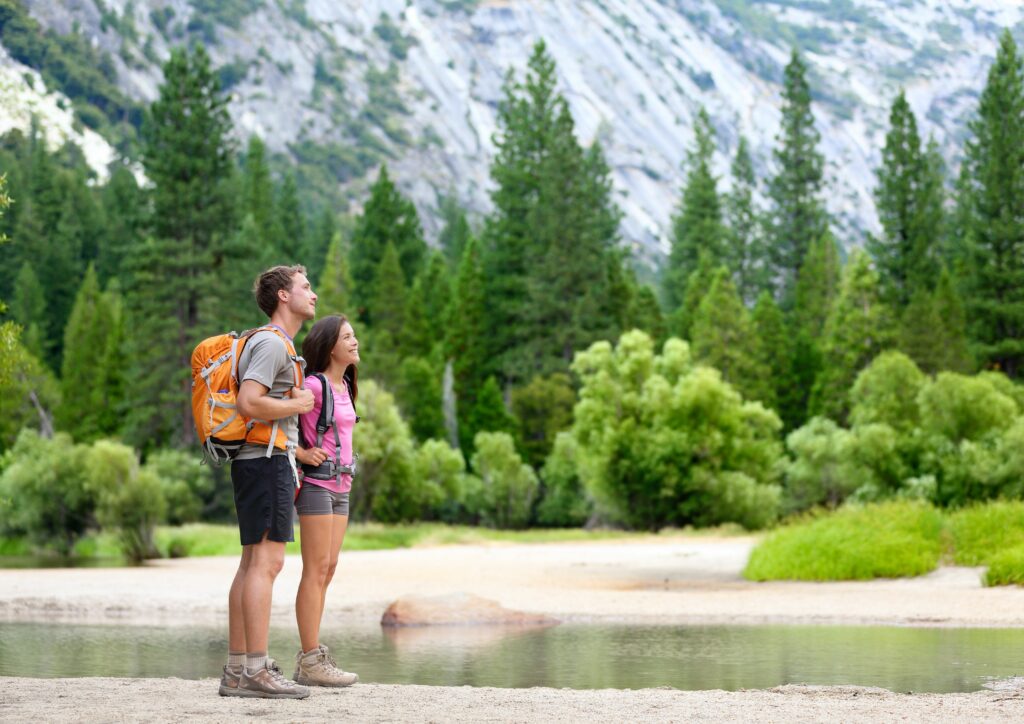
Recreation
Green and open spaces provide opportunities for activities that are physically and psychologically beneficial, for example recreation, relaxation, leisure, tourism and aesthetic enjoyment based on the close contact with nature (e.g. hiking, playing sports, bird watching, snorkeling, gardening).







